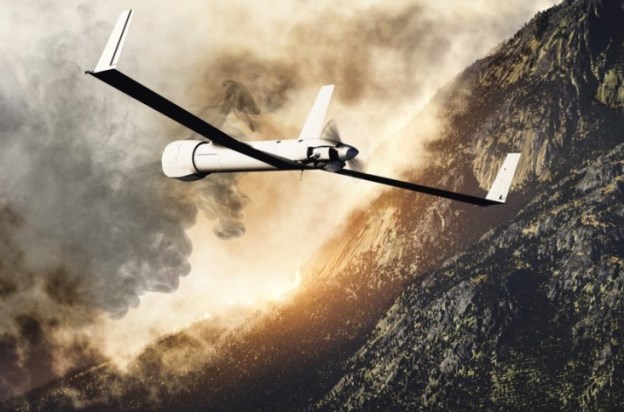FAA gives approval to two UAS just as U.S. Senate questions strength of privacy laws
A major energy company is set to lead the first U.S.-approved commercial unmanned aircraft systems (UAS) operations this August off the Alaska coast to survey ocean ice floes and migrating whales in Arctic oil exploration areas.
The Federal Aviation Administration (FAA) last week issued restricted category type certificates to permit aerial surveillance by two UAS: Insitu’s ScanEagle X200 and AeroVironment’s PUMA. Each weigh less than 55 pounds and are about four-and-a-half feet long, with wingspans of about 10 feet.
The FAA said the ScanEagle will be used by the unnamed energy company and the PUMA is expected to support emergency response crews for oil spill monitoring and wildlife surveillance over the Beaufort Sea.
VIDEO: Check out the ScanEagle in flight.
The federal agency said issuing the type certificates is another step toward its legislative mandate to develop and implement operational and certification requirements for the operation of public UAS in the nation’s airspace by Dec. 31, 2015.
Numerous applications of UAS are expected to bring big benefits to the private sector, including aerial imaging, oil and gas exploration, law enforcement and border patrol, precision agriculture, wildfire mapping, weather monitoring, and disaster management.
But broadening the use of UAS also presents the FAA with significant challenges, particularly the risk they pose to individuals’ privacy.
That’s according to the U.S. Senate Appropriations Committee, which recently passed legislative language requiring the FAA to complete a detailed report on developing a “more comprehensive approach to privacy” before the agency can spend any funds on UAS implementation.
The committee is questioning whether current laws offer sufficient protections to adequately protect individuals. If the legislation passes, it will jeopardize the December 2015 deadline.
Meanwhile, the surveillance flights will also meet requirements in the FAA Modernization and Reform Act of 2012 that define Arctic operational areas and include a mandate to increase Arctic UAS commercial operations, FAA said.






